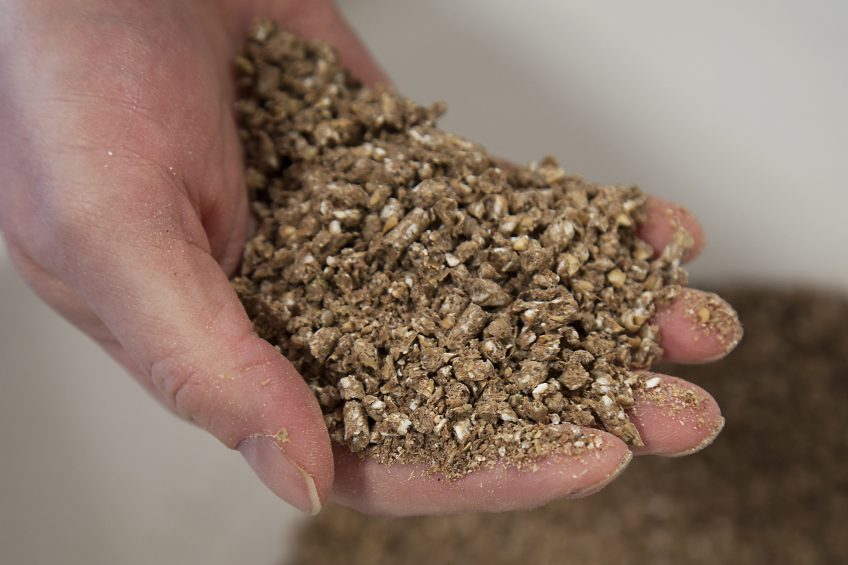Alltech survey shows positive growth in pig feed production

For the first time, the international feed tonnage has exceeded 1 billion metric tonnes. That is a 3.7% increase over last year. The growth was also reflected in again more compound feed having been produced for the swine industry.
Every year, animal nutrition company Alltech presents its Global Feed Survey. In the 2017 edition, the company concludes that the 2016 output represents a 19% growth since the start of the counting of global feed production in 2012, despite a 7% decrease in the number of feed mills.
The sixth version of the survey is the most comprehensive so far, covering 141 countries and over 30,000 feed mills. The results show that the US and China are the top-2 countries, producing one third of all animal feed. Predominantly, growth came from the beef, pig and aquaculture feed sectors as well as several African, Asian and Middle Eastern countries.
The 2017 survey shows that the top-30 countries, ranked by production output, are home to 82% of the world’s feed mills and produce 86% of the world’s total feed. The top-10 feed-producing countries in 2016, in order of production output importance, were:
- China,
- United States,
- Brazil,
- Mexico,
- Spain,
- India,
- Russia,
- Germany,
- Japan and
- France.
These countries contain 56% of the world’s feed mills and account for 60% of total production.
Growth in the EU
For the first time in several years, the EU saw feed tonnage growth. The region was led by Spain with 31.9 million tonnes produced in 2016, up 8%. Decreases came from:
- Germany,
- France,
- Turkey and
- The Netherlands.
Vietnam moved into top 15 with a 21% growth
Regarding Asia, China remained the top feed-producing country with 187.20 million metric tonnes, while increased production for the Asian region also came from Vietnam, Pakistan, India and Japan.
Vietnam in particular grew 21% over the past year and moved into the top-15 countries list for the first time, specifically led by increased production of pig and broiler feed. Asia continues to be one of the most expensive locations in the world to raise animals, as Japan’s feed prices are some of the highest in the world and China’s prices are double that of most of the top-10 producing countries. In North America, feed production remains relatively flat.
Africa retains fastest regional growth title
Africa had the fastest regional growth for the fifth year in a row, with more than half of the countries achieving growth. Nigeria, Algeria, Tunisia, Kenya and Zambia each showed significant growth that was greater than 30%. The region still lags in terms of feed per capita but shows continued opportunity for growth. Africa also has some of the highest finishing prices of any region, as Nigeria and Cameroon both rank in the top-5 countries.
Brazil remains Latin America’s leader in feed production
Regarding Latin America: Brazil remained the leader in feed production, while Mexico saw the highest growth in tonnage, now accounting for more than 20% of Latin America’s total feed production but still only almost half of Brazil’s total production. Overall, Latin America has moderate feed prices, but Brazil’s have increased this year. When compared to the US, Brazil’s feed prices are 20% higher for pigs.
Pig feed
Positive growth was observed in pig feed production, particularly in Asia as Vietnam and Thailand are now top-10 pig-producing countries. China represents over a quarter of the world’s pig feed production, but sow numbers have decreased by almost 40% over the past three years.
In general, global feed prices are down when compared to last year’s figures. As a result, so is the cost of raising production animals. From a global perspective, the feed industry can be roughly valued at around $ 460 billion, although feed prices in general were 5-7% lower than the previous year. This represents a small increase over 2015. Alltech estimates that the pig sector roughly represents 24%.











